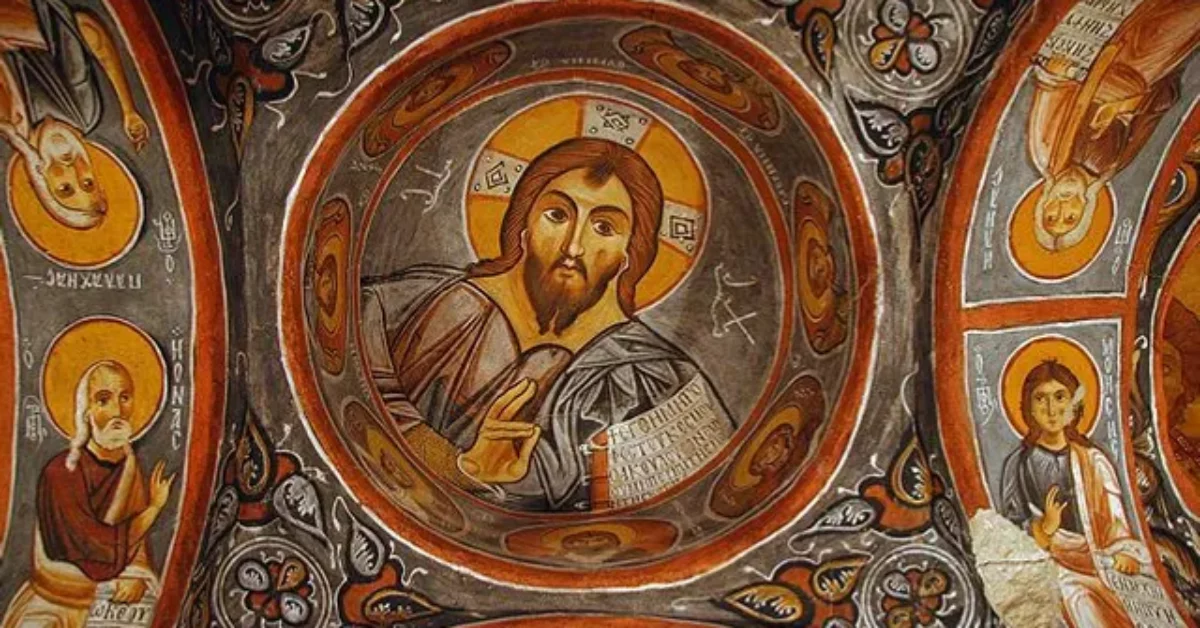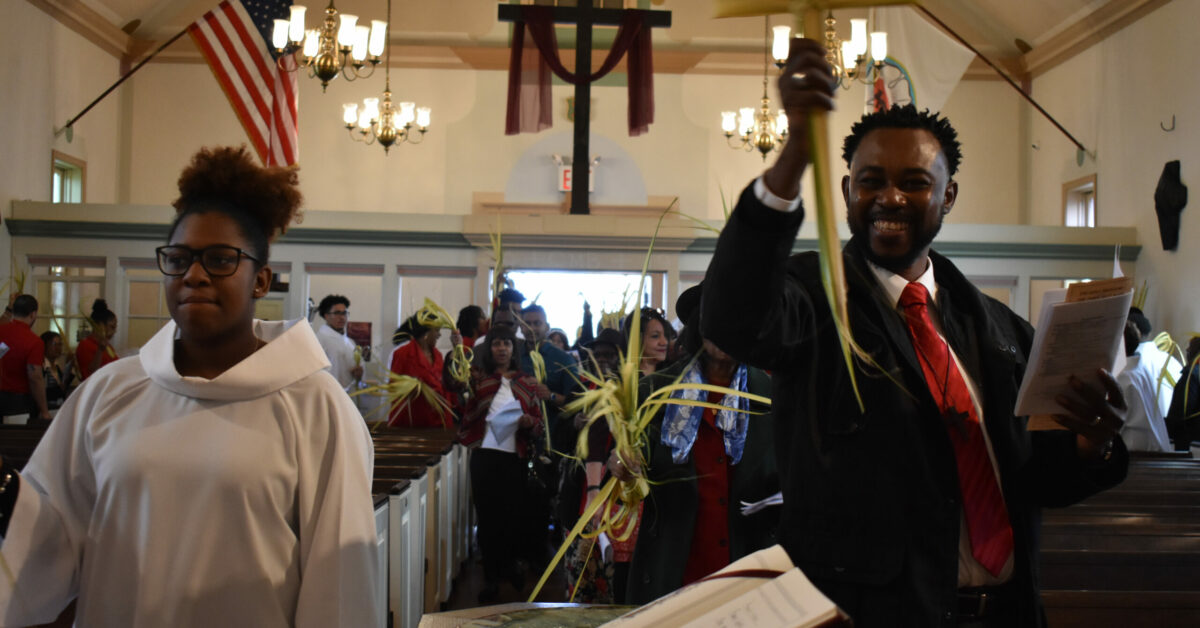Jesus is Lord: The Central Strand of mDNA
We took a one week hiatus a week ago from the blog but continue this week after Thanksgiving with our series on Alan Hirsch’s five characteristics of genuinely missional churches, the mDNA that constitute Apostolic Genius. This week, however, isn’t so much one of the characteristics, but the central definitive feature that permeates all of the mDNA: the living encounter with the Lord Jesus Christ, God in the flesh. Hirsch refers to this as the epicenter of the missional movement and identifies it as the “biblical consciousness of God” (Hirsch, The Forgotten Ways, 84). A central biblical passage is Romans 11:36: “for from him and through him and to him are all things.” It is the awareness and recognition that in the encounter with Jesus through the proclaimed Word God’s creatures encounter the one, true, and living God the Creator who reigns over all his creation. And he does so through the death and resurrection of His living Word, His Son.
Hirsch contends that in the New Testament and in all vital missional movements the encounter with Jesus as the Lord (Christocentric Monotheism) propels the mission and the message. As Hirsch says, “The desperate, prayer-soaked human clinging to Jesus, the reliance on his Spirit, and the distillation of the gospel message into the simple, uncluttered message of Jesus as Lord and Savior is what catalyzed the missional potencies inherent in the people of God” (86). It is literally a Jesus as God movement. “At its very heart, Christianity is therefore a messianic movement, one that seeks to consistently embody the life, spirituality, and mission of its Founder” (94). A properly-oriented catechumenate will position the encounter with Jesus at the center of its formation.
How does the catechumenate reflect this epicenter? One of the ways that Hirsch advocates for determining whether the encounter with Jesus as Lord is central to the community’s life is to ask, “Is the real Jesus really Lord in my community?” (99). Is the risen Lord really the congregation’s touchstone and defining center? If this consciousness is central to the congregation’s adult faith formation, then hopefully it will be reflected in the totality of the community’s life. A properly-oriented catechumenate will manifest this. As Hirsch says, we need “to recalibrate ourselves and our organizations around the person and work of Jesus the Lord. It will mean taking the Gospels seriously as the primary texts that define us. It will mean acting like Jesus in relation to people outside of the faith” (94). Since the Gospels are central to the formation of the catechumenate and it seeks to give God’s gifts in Jesus and elicit the response that our way of living is a confession of his lordship, the catechumenate is a way of sitting at the feet of the Lord! He guides and governs all creation toward his fulfillment and is the heart of the church’s mission and life as the Lord.
The other five mDNA reflect this epicenter. We make disciples because his lordship calls us to do so. We see ourselves as driven by a missional impulse because God’s mission has come in the flesh into the world God created in Jesus. We form a living community because Jesus is living among us. The catechumenate embodies these five characteristics because the catechumenate itself flows from the confession that Jesus is Lord. The catechumenate is itself a form of lived confession that Jesus as Lord is at the heart of it all: of the catechumenate, of congregational life, of the church’s mission.


